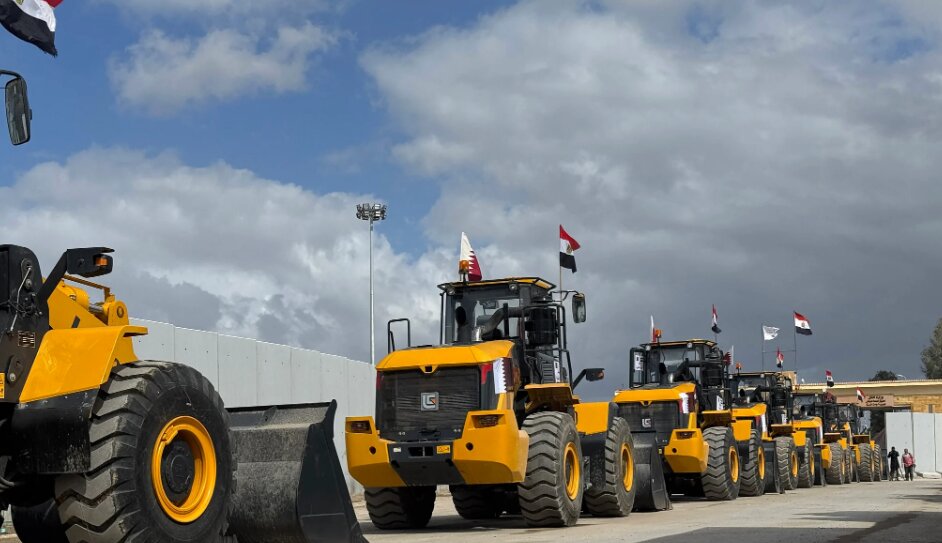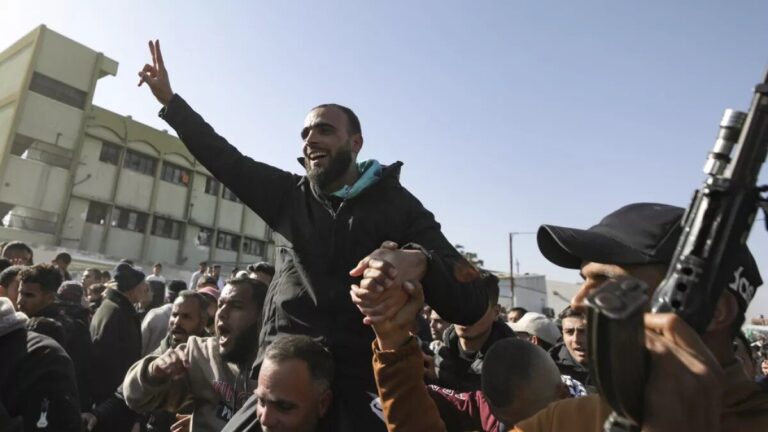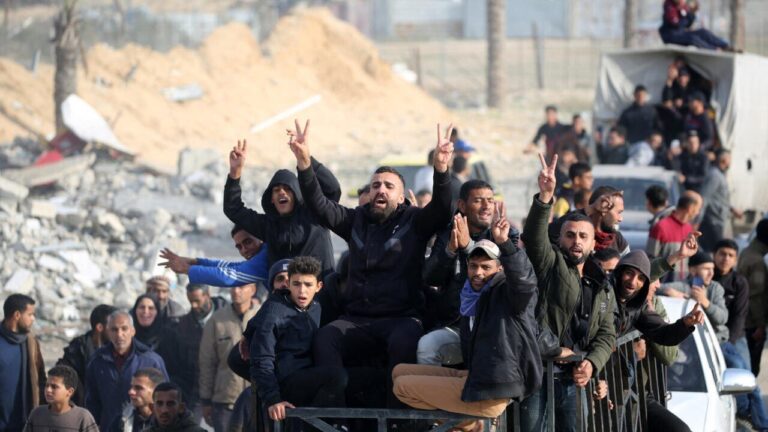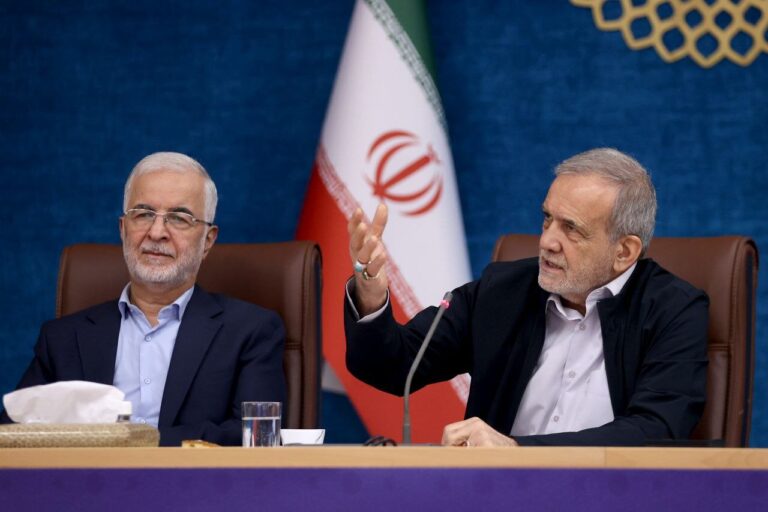Heavy Machinery Rolls into Gaza: Rafah Border Opens for Vital Aid and Reconstruction
In a significant development regarding the ongoing situation in Gaza, Egyptian media has reported that heavy equipment has started to cross into Gaza through the Rafah crossing. This movement marks a crucial step in addressing the pressing needs of the region amid ongoing challenges.
The Rafah crossing, which serves as the primary gateway between Egypt and Gaza, has been a focal point for humanitarian efforts. The introduction of heavy equipment could play a vital role in rebuilding and restoring infrastructure that has been severely affected.
According to local reports, the equipment being transported includes essential machinery aimed at various reconstruction projects. This initiative comes in the wake of increasing calls for support and aid for the people of Gaza, who have faced immense hardships.
Key Details of the Heavy Equipment Movement
- Start Date: The movement of equipment began recently, as reported by various Egyptian media outlets.
- Type of Equipment: Heavy machinery that is critical for construction and rebuilding efforts.
- Purpose: To assist in the reconstruction of damaged infrastructure in Gaza.
The situation in Gaza has been dire, with many areas requiring urgent attention. The heavy equipment crossing signifies not only material support but also a hope for recovery and rebuilding in the region. This movement could lead to improved living conditions for many residents who have been affected by ongoing conflicts.
The Importance of the Rafah Crossing
The Rafah crossing is more than just a transit point; it is a lifeline for many in Gaza. Here are some key points regarding its significance:
- Humanitarian Aid Access: The crossing allows for the entry of humanitarian aid, which is crucial for the survival of many residents.
- Reconstruction Efforts: It facilitates the transportation of construction materials and equipment necessary for rebuilding efforts.
- Economic Opportunities: Enhanced access can lead to economic revitalization in the region, providing jobs and improving livelihoods.
As heavy equipment continues to cross into Gaza, the focus remains on how these efforts will affect the daily lives of those living in the region. The Egyptian government has been proactive in addressing the humanitarian needs of Gaza, and this latest development is a testament to their commitment.
Furthermore, the international community is closely monitoring the situation, as the movement of equipment could pave the way for broader initiatives aimed at stabilizing the region. The involvement of various stakeholders could enhance the effectiveness of these efforts.
Challenges Ahead
Despite the positive developments, several challenges remain for Gaza:
- Security Concerns: The ongoing conflict poses risks to the safety of transportation and construction efforts.
- Political Dynamics: The political situation in the region can impact the flow of aid and resources.
- Infrastructure Damage: Extensive damage to existing infrastructure complicates reconstruction efforts.
It is essential for all parties involved to work collaboratively to address these challenges effectively. The successful movement of heavy equipment into Gaza could serve as a model for future humanitarian efforts and aid distribution.
Conclusion
The crossing of heavy equipment from Egypt into Gaza through the Rafah crossing represents a hopeful development in the ongoing efforts to support the region. As reconstruction efforts begin, it is crucial for the international community to remain engaged and committed to providing the necessary resources and support for lasting recovery.
Ultimately, the situation in Gaza remains complex, and while the movement of heavy equipment is a positive step, it is just one part of a larger puzzle that requires comprehensive solutions and sustained efforts from multiple stakeholders.






